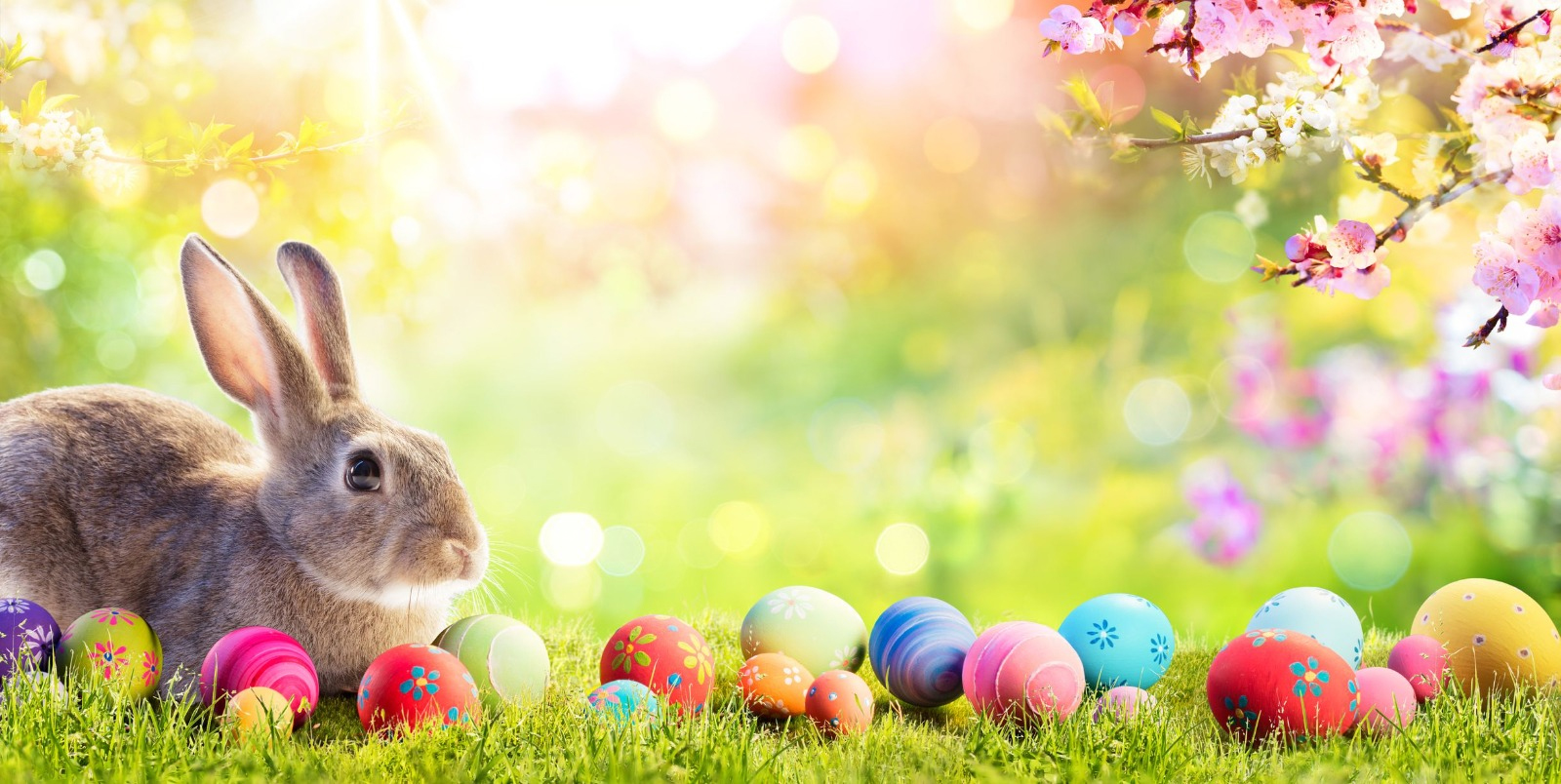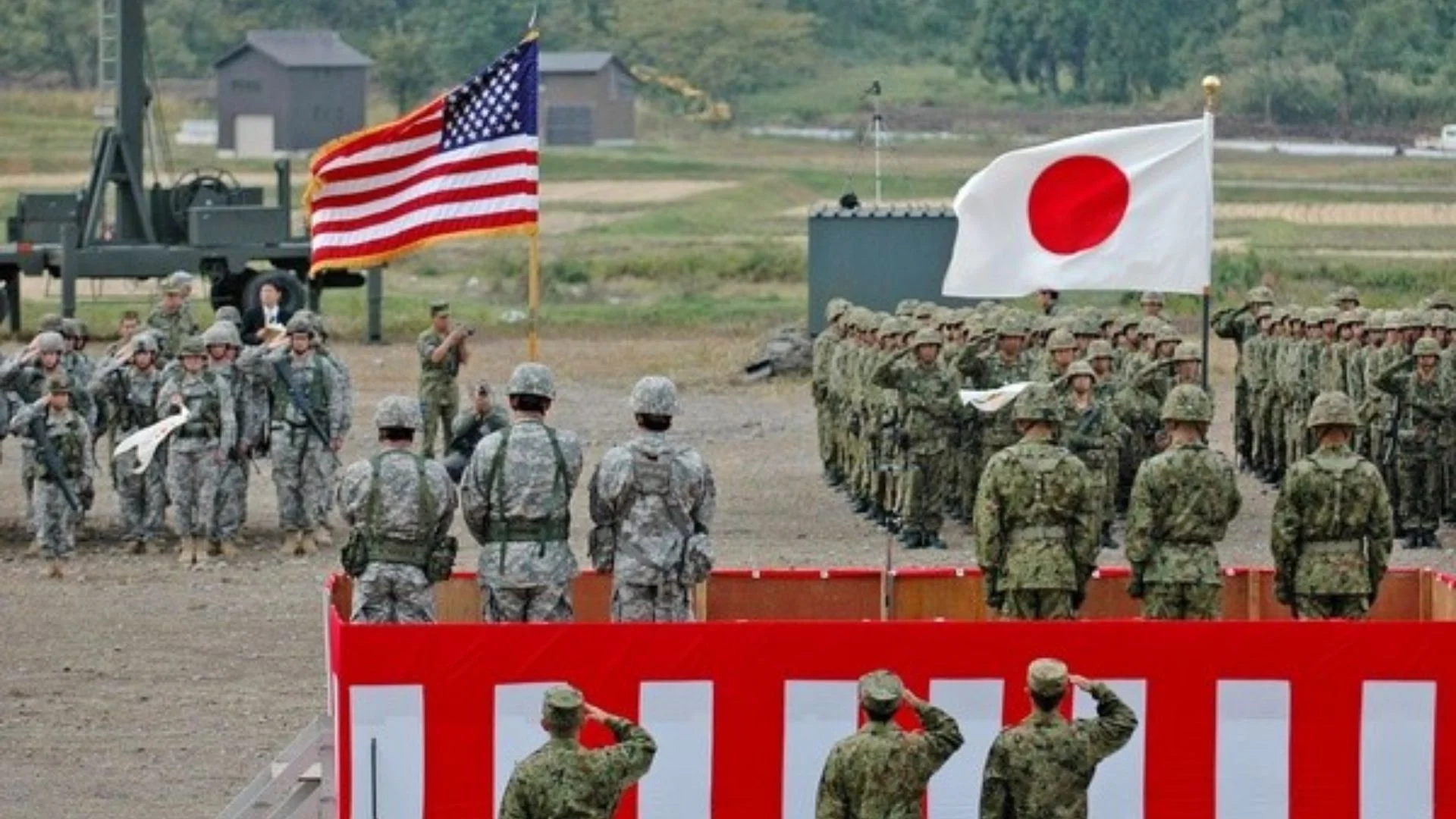
The Resurrection of Jesus Christ is the foundation of the Christian faith. Without the resurrection, the belief in God’s saving grace through Jesus is destroyed. When Jesus rose from the dead, he confirmed his identity as the Son of God and his work of atonement, redemption, reconciliation, and salvation. The Resurrection was a literal, physical raising of Jesus’ body from the dead.
Jesus was arrested, tried, and found guilty of claiming to be a king. His body was hung on a cross between two thieves. After his death, Jesus’ body was wrapped in linen cloth and placed in a tomb with a large stone rolled across the opening. On the third day, an early Sunday morning, Mary Magdalene and another Mary came to the tomb and found it empty. Sitting on the rolled-away stone was an angel of the Lord who told them not to be afraid because Jesus had risen. As the women left to tell the disciples, Jesus Christ met them and showed them his nail-pierced hands.
The Old and the New Testaments speak of the truth of Jesus being raised from death – Jesus testified of his resurrection before He died on the cross, and his disciples witnessed his body after the resurrection. Below are the Bible verses and Scriptures that both prophesize the resurrection of Jesus and testify of the reality of the resurrected body of Christ.
While Christmas observes the birth of Jesus, Easter remembers the main Christian event: Christ’s suffering, crucifixion, and resurrection. For Christians, Easter is the remembrance of Christ’s voluntary death and resurrection to save humankind from sin and death. Easter is celebrated by Christians as a joyous holiday because it represents the fulfillment of the prophecies of the Old Testament and the revelation of God’s salvific plan for all of humankind. In commemorating the Resurrection of Jesus, Easter also celebrates the defeat of death and the hope of salvation. Christian tradition holds that the sins of humanity were paid for by the death of Jesus and that his Resurrection represents the anticipation believers can have in their own resurrection.
Easter Sunday, a joyous occasion marking the resurrection of Jesus Christ. Easter is the culmination of Holy Week, which follows Palm Sunday and includes Maundy Thursday, Good Friday, and Holy Saturday.
While the festivities and traditions add joy to Easter Sunday, the core message of the holiday transcends them. It’s a time for reflection, renewal, and expressing gratitude. Many Christians choose to focus on acts of charity or helping those in need during this period.
The Easter egg and bunny, while iconic symbols of Easter today, have a surprisingly long and interesting history that blends pre-Christian traditions with Christian celebrations.
Bunny:
• Easter Hare: German immigrants to America in the 1700s brought the tradition of the “Osterhase” (Easter Hare) who delivered coloured eggs to children.
• Easter Bunny Transformation: Over time, the hare morphed into the more familiar Easter Bunny we know today, complete with a fluffy tail, a basket of eggs, and sometimes even clothes.
Eggs:
Easter is a religious holiday, but some of its customs, such as Easter Eggs are likely linked to pagan traditions. The egg, an ancient symbol of new life, has been associated with pagan festivals celebrating spring. From a Christian perspective, Easter eggs are said to represent Jesus’ emergence from the tomb and resurrection. Decorating eggs for Easter is a tradition that dates back to at least the 13th century, according to some sources. One explanation for this custom is that eggs were formerly a forbidden food during Lent, so people would paint and decorate them to mark the end of the period of penance and fasting, then eat them on Easter as a celebration.
• Symbol of Rebirth: Even before Christianity, eggs were seen as a symbol of new life and fertility in many cultures. This association likely stemmed from their natural cycle of containing new life waiting to hatch.
• Decorating Easter eggs likely began in the Middle Ages, possibly as a way to mark eggs that couldn’t be eaten during Lent but would be enjoyed on Easter.
Easter Sunday is celebrated in many different ways all over the world. Here’s how people typically celebrate:
Going to Church: Many Christians go to special church services on Easter Sunday to remember Jesus Christ’s resurrection. These services often have singing, prayers, and stories from the Bible about Jesus coming back to life.
Easter Egg Hunts: A fun activity for kids is searching for hidden eggs. Sometimes these are real eggs that are dyed or painted, or they might be plastic eggs filled with treats. Families or communities hide them, and children have a great time finding them.
Easter Baskets: Families often give each other baskets filled with candy, toys, or other small gifts. Kids especially love getting these baskets from the “Easter Bunny,” who is like Santa Claus but for Easter.
Special Meals: People often have big meals with their families and friends on Easter Sunday. The food can be different depending on where you are, but some common dishes include lamb, ham, or fish.
Easter Parades: Some places have parades with floats, music, and people dressed up in costumes. These parades might have religious symbols like crosses, or they might just be for fun.
Easter Symbols: Besides eggs and bunnies, other things like flowers (especially lilies), crosses, and baby chicks are also associated with Easter.
Overall, Easter is a happy time when people come together to celebrate, whether they’re focusing on the religious aspects or just enjoying fun traditions with family and friends.















